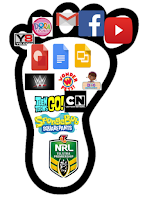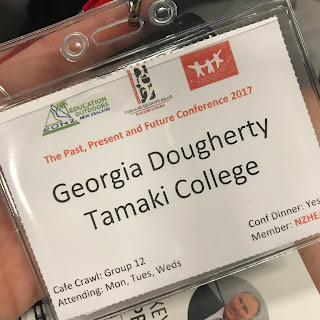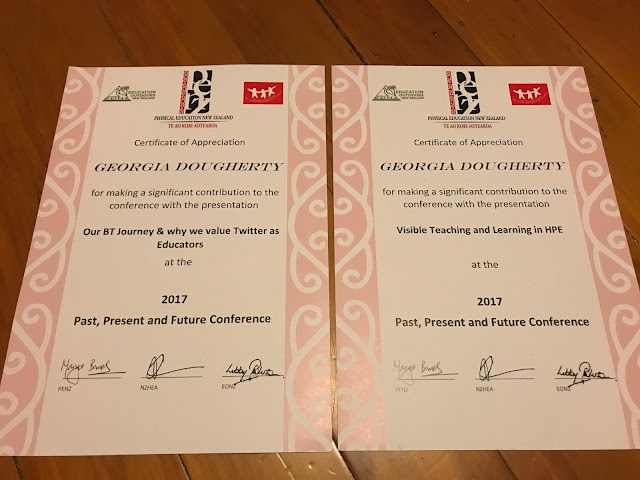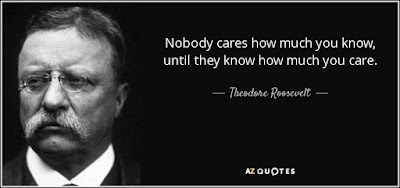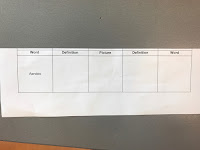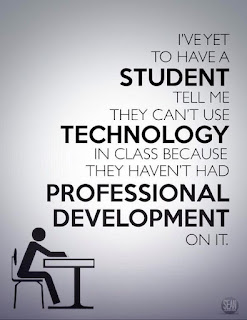 One of my goals this year is to read educational blogs. Even though I have read lots of posts, I have not found the time to reflect on many of them. I stumbled across two articles on Twitter about teacher professional development (PD), which encouraged me to start thinking about the PD I am involved in. The articles were Craig Kemp's 4 ways to improve teacher professional learning, and Richard Wells' Why Teacher Professional Development has to be D.I.Y.
One of my goals this year is to read educational blogs. Even though I have read lots of posts, I have not found the time to reflect on many of them. I stumbled across two articles on Twitter about teacher professional development (PD), which encouraged me to start thinking about the PD I am involved in. The articles were Craig Kemp's 4 ways to improve teacher professional learning, and Richard Wells' Why Teacher Professional Development has to be D.I.Y.
Recently, after attending the PENZ conference, I have been reflecting on the importance of regular, personalised PD. I love how the conference (like the Google Summit conference) offered a huge variety of sessions, which I could pick and choose between, rather than a set programme. This enabled me to develop where I feel I have gaps in my knowledge. Richard mentions that "changes are happening too quickly to expect institutions like schools to be able to organise enough one-size-fits-all training to keep all teachers up-to-date", which relates back to the importance of individualised, self-selected professional development, especially with the growth and demand of the use of technology within classrooms today.
Craig suggested four tips to improve professional learning for teachers;
1) Encourage Social Media Use for anywhere, anytime learning.
I feel I am ahead of many others, as I have been active on Twitter for one year now, and in that one year I have made many connections, found new resources and my thinking has been challenged. As a result, I have also been moderating a chat I created alongside a friend (Mal Bish). We presented at PENZ about our journey on Twitter and how we think that it is incredibly valuable for educators. So, I am 100% supportive of this tip!
2) Establish a Coaching Pedagogy
"You are never left on your own, but you are expected to take some steps to do things on your own, increase your skill set, and push yourself to be better". I feel this is so true. I am saddened there are many teachers who aren't continuing to learn, aren't continuing to push themselves, and so aren't increasing their skill sets. Every day I am wondering how I could be better, or how lessons could have gone better, or how I can increase my students enjoyment and engagement! This tip suggests you become responsible for your own learning.
3) Establish a Professional Learning Network (PLN)
This time last year I was encouraged to get on Twitter, but I was very hesitant, fearing it was 'just another social media'. However, I now know that it is incredibly valuable having people around the world, and around the country to support me, and give me tips/resources when needed.
Craig mentions how he can ask a question on Twitter and quickly he will get an array of responses from around the world, which I have experienced too. For example, last Sunday afternoon I tweeted asking for help to teach a new topic, and multiple people responded within an hour, with resource ideas or activity suggestions. Many of them I hadn't met before! So there is often someone out there to help.
Additionally, Richard's post discussed the reduced need for teaching about applications to use within classes, but an increased necessity to develop our PLNs. Like my tweet, Richard suggests a PLN can "directly tackle [teachers] most pressing professional needs". So when I have burning questions, using my digital PLN is incredibly helpful, at any time of the day and any day of the week!
Check out Sylvia Duckworth's sketchnote, which gives further reasons for the development of a PLN.
4) Make Learning Fun and Personalised (and provide TIME)
 Although Senior Leadership need to create the overall strategies goals for the school, and think about how they can support the teachers to reach the goals, the teachers PD needs to have some freedom. Craig discusses the importance of teachers having the freedom to learn about what they feel is important for their development, and be provided with the facilities and time for that PD. This is evident in our PLGs at school and our priority learners. Regularly in our PLGs we have an icebreaker type activity, so our learning and reflections are fun/enjoyable. For example, alongside you can see my 'Avatar' I created of myself, which I then had to explain to my group.
Although Senior Leadership need to create the overall strategies goals for the school, and think about how they can support the teachers to reach the goals, the teachers PD needs to have some freedom. Craig discusses the importance of teachers having the freedom to learn about what they feel is important for their development, and be provided with the facilities and time for that PD. This is evident in our PLGs at school and our priority learners. Regularly in our PLGs we have an icebreaker type activity, so our learning and reflections are fun/enjoyable. For example, alongside you can see my 'Avatar' I created of myself, which I then had to explain to my group.
The overall school goal is to improve student achievement in NCEA, and we have all been asked to have a priority learner or two. From there we needed to determine what to do to support our priority learners progress, therefore we had an umbrella expectation but could take the steps we felt necessary to support our priority learners to achieve more credits.
After reading and summarising these articles, I am left wondering where to next? I feel I am quite active about finding support when I need it, but I think I need to reflect more regularly on what my weaknesses or gaps in my learning are. From there can seek out the appropriate professional development. Not necessarily appropriate for everyone else, but appropriate for ME and my learning journey.





